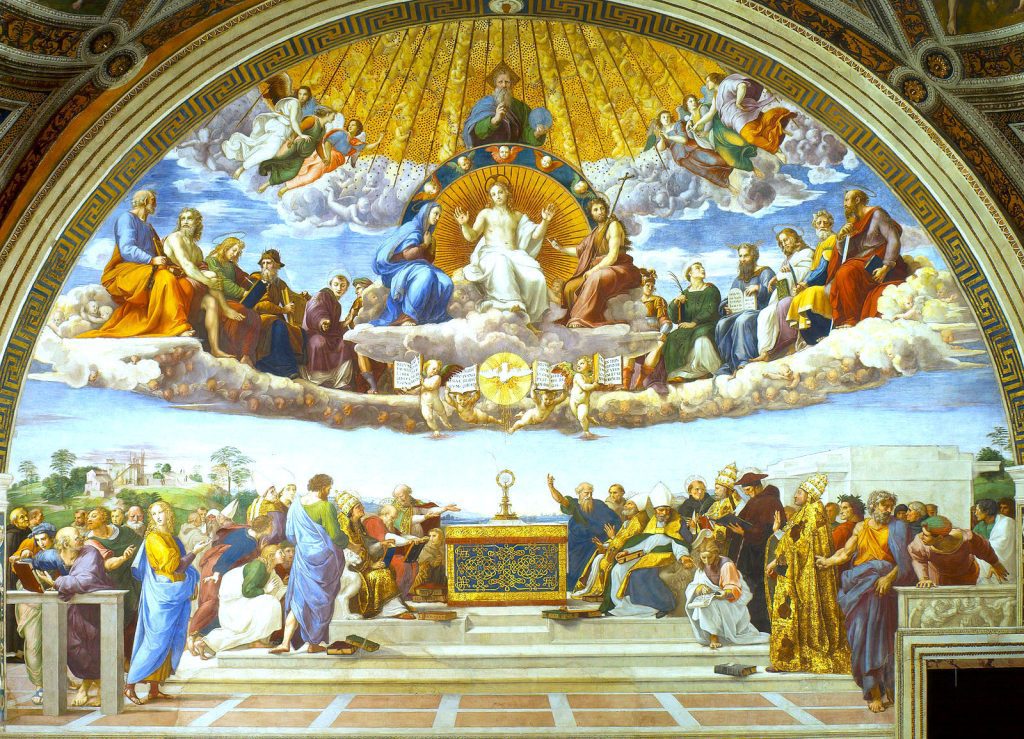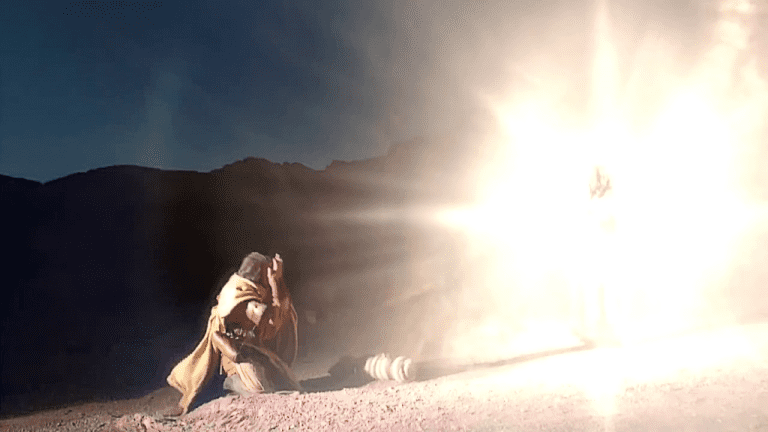Some look at layers of rock and conclude: “Each layer of sediment was laid down on a hardened layer of sediment below it. There may be as many as 363 layers of sediments in some places, like the Grand Canyon. It took billions of years for that much sediment to be deposited and harden before another layer could be put on that.”
That’s the first of two theories of sediment. It’s very popular with all those who bow before Babylon’s various altars. The advantage of these, the first of the two theories of sediment, is that it distances people from God. “Look!”, the appointed experts say, “It had to have taken billions of years for all those layers to be deposited. God was not necessary to have made the world. It happened by itself!”
Then, the doorway to sin is opened.
The second of the two theories of sediment is different: “During The Flood, a tidal wave of water higher than the mountains washed around the world. Endless clouds of sediment was stirred up. The icecaps floated loose. Huge chunks of ice, giant bigbergs, acted like immense bulldozers. As the wave rolled around the world, the surface was shoved into suspension in the liquids Volcanos spurted minerals in magma into the mix. Earthquakes quaked. Sediment dropped into layers.
“During The Flood, a mile of sediments were dropped in some places. The water was ‘high enough to cover the mountains’. It was five miles of deep. The weights are incredible. The water would have been pushing down with an astonishing 1.7 million pounds per square foot!”
Mountains were pushed up during The Flood, explaining the sedimentary rock found high above sea level. Rivers flowed through the 363 layers of still-soft rock in the Grand Canyon, exposing the layers for all to see.
Twists, tilts, and bends in sedimentary rock are easily explained by the forces of The Flood. This, the second of the two theories of sediment, makes the most sense.
Why would The Loving Programmer go to all that trouble? For us. If we human programs were to have free will, He had to have programmed and downloaded a world we could examine and choose to reasonably conclude that it came into being without Him.
So, we have two theories of sediment. We also have free will to choose which we believe, God’s activity or accidental accretions. In the process of choosing what we want to believe, the two theories of sediment also separate sheep from goats.








